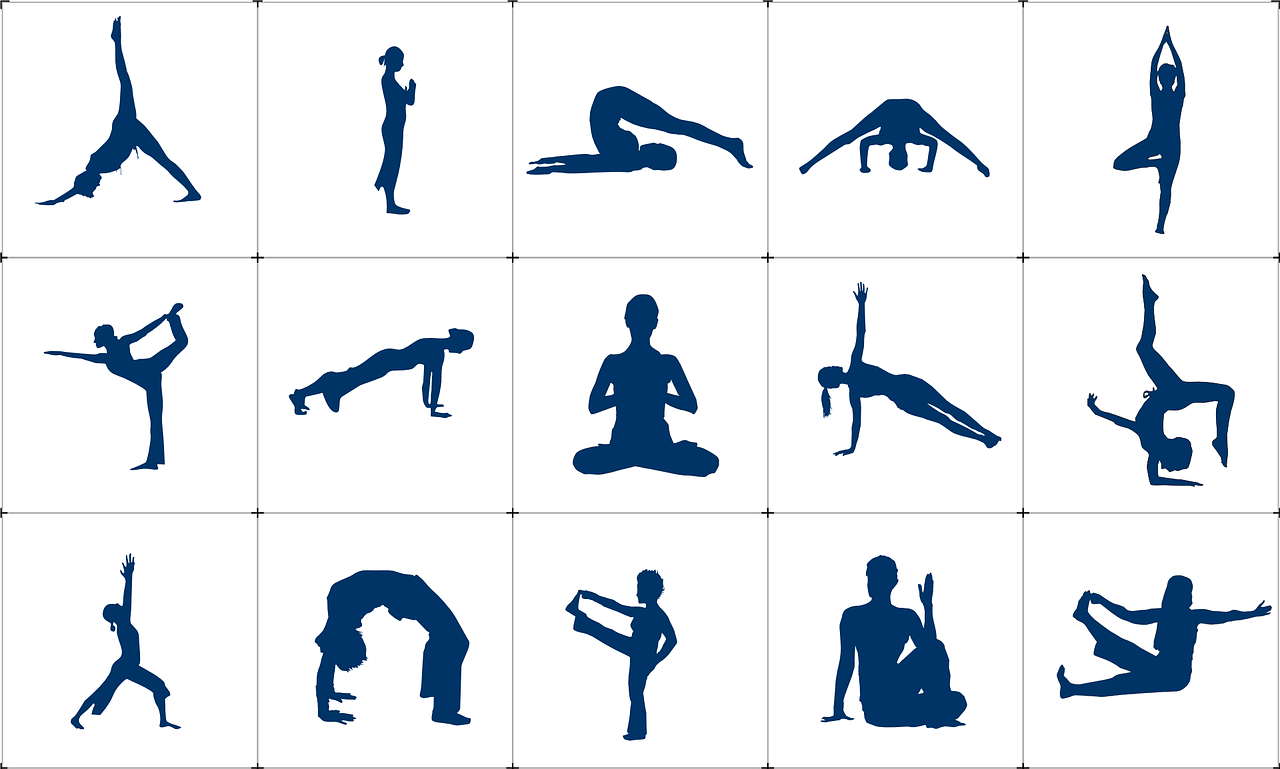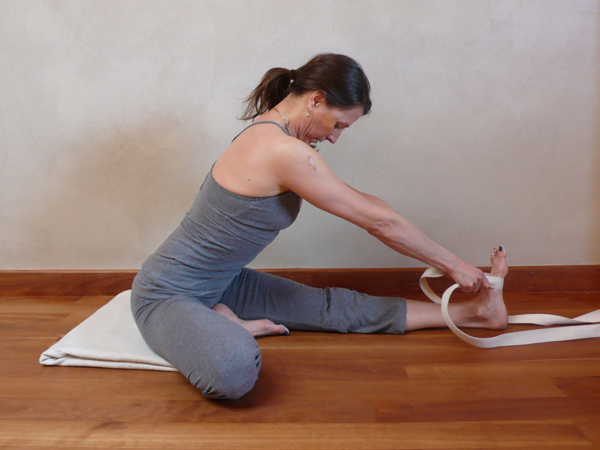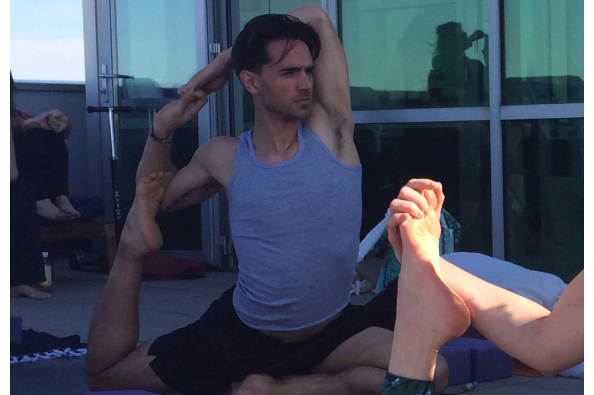Iyengar Yoga is a style of hatha yoga. This style of hatha yoga is developed by Bellur Krishnamachar Sundararaja Iyengar or B.K.S. Iyengar, That’s why this type of yoga is called Iyengar yoga. This type of yoga is One of the traditional eight limbs of yoga explained by Patanjali in his classic book about yoga, ‘The Yoga Sutras’. The Iyengar strategy for training underlines the development of self-learning fundamentally through Asana (yoga positions) and Pranayama (Breathing exercise). This type of yoga gives attention to the development of strength, stamina, flexibility, alignment, balance, concentration, and sharp mindfulness. Iyengar Yoga offers an unmistakable and grounded way to the all-encompassing strength of body, psyche and soul. Iyengar Yoga is very effective to be healthy and to live longer. So, let’s see Iyengar yoga basic poses to know more about this yoga and it benefits.
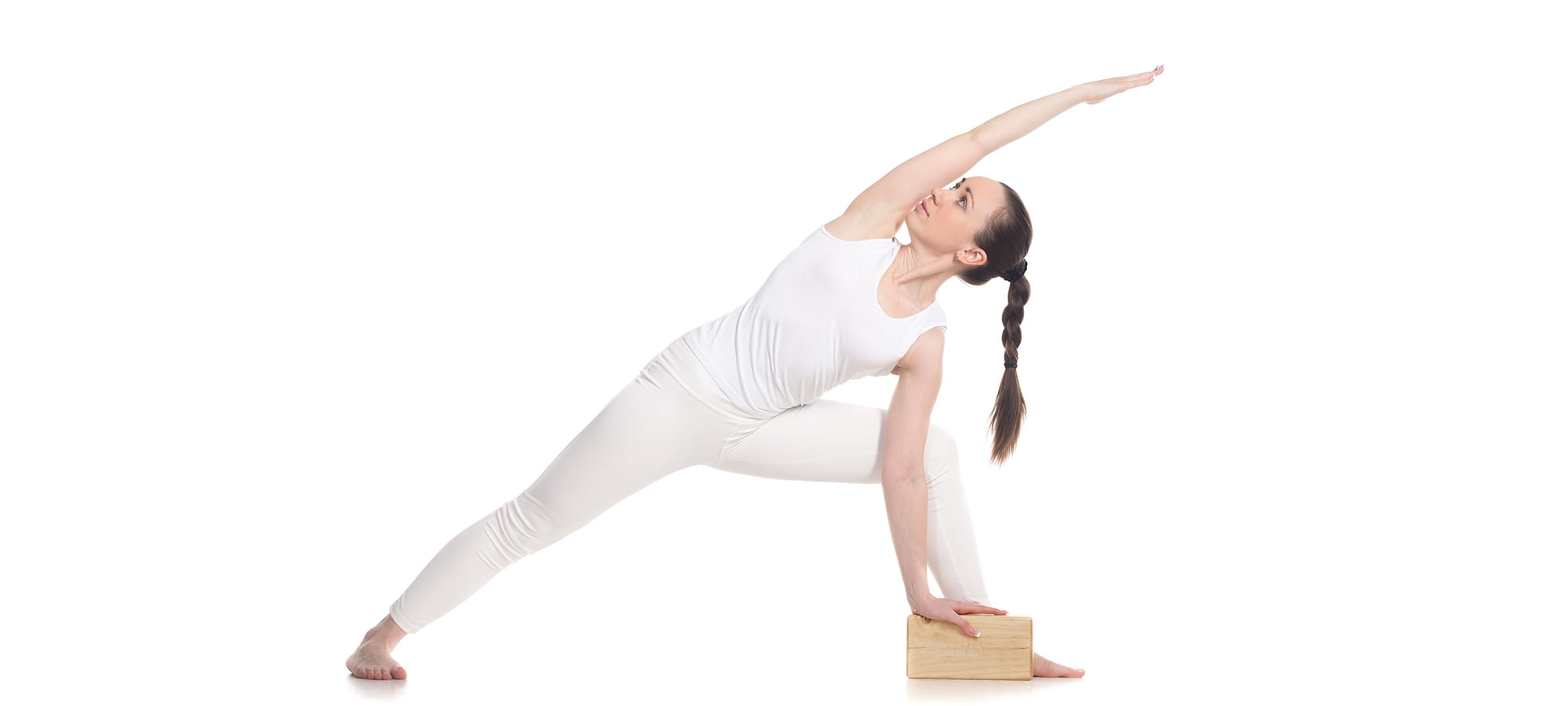
Source :- alignvail . com
Table of Contents
Basic Poses Of Iyengar Yoga:
Iyengar yoga has many benefits on health, so let’s get know about some Iyengar yoga basic poses to start along with it…
Virasana or Hero Pose :
Virasana or hero pose is one of the Iyengar yoga basic poses. Virasana is a basic sitting posture. In Sanskrit “Vir” means Hero, and “Asana” means yoga posture. Virasana is magnificent for contemplation. Even though it is a superb posture to keep your knees healthy and stable, yet you ought to maintain a strategic distance from this yoga position on the off chance that you have knee or lower leg damage.
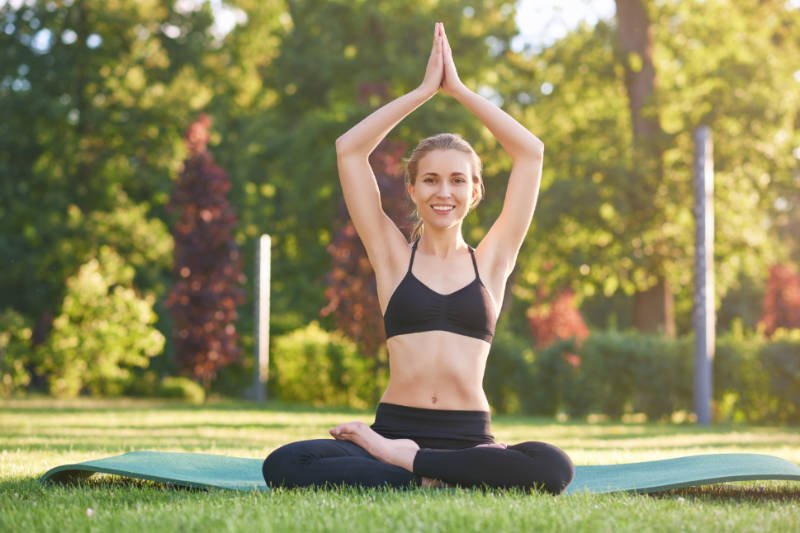
Source :- zliving . com
Parvatasana or The Seated Mountain Pose :
Parvatasana is an easy seated asana, or, in other words, be a standout amongst the most critical situated stances in yoga. The English name for Parvatasana is mountain present. Parvatasana originates from the Sanskrit words Parvata, signifying “mountain,” and asana, signifying “present.” In Parvatasana, the body is thought to look like the state of a mountain. While the legs are grounded in padmasana, or lotus represents, the entire of the abdominal area is extended upwards with the arms over the head and palms squeezed together.
Gomukhasana or TheCow-Face Pose :
Check Related Article :-
- Easy And Simple Positions Of Iyengar Yoga For Beginners
- 3 Poses Of Yoga To Lose Weight In 10 Days
- Poses Of Yoga To Lose Weight From Hips And Thighs
- 5 Effective Yoga Poses For Weight Loss
- Yoga Benefits: Benefits Of Yoga For Students
Utthita Trikonasana or Extended Triangle Pose :
Utthita Trikonasana (Extended Triangle Pose) resembles its name. You can see a few triangles in the represent: Your hands and back foot are the purposes of one; your two feet are purposes of another; and your middle, arm, and front leg frame the sides of amazingly, one more. What’s more, Triangle is one of the main postures yoga understudies learn. You can feel solidness in your legs, an extending of your spine, completion in your chest, and opportunity in your neck and shoulders.
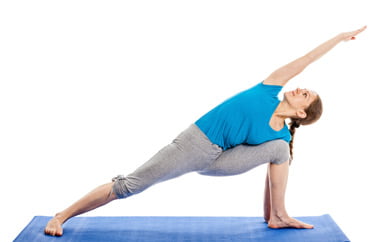
Source :- theyogaposes . com
Utthita Parsvakonasana or Extended Sides Angle Pose :
Utthita signifies ‘extended’ likewise ‘standing’ and Parsva signifies ‘side’, and Kona signifies ‘point’. Together Utthita Parsvakonasana signifies ‘body stretched out as an afterthought having the edge in the side of body’. Honing this posture broadens the best segment of your body through your elevated arm, and from your back piece of the body. Utthita Parsvakonasana makes footing in the spine which helps in supporting vertebral circles.
These are the Iyengar yoga basic poses, So try these at home and be healthy…


